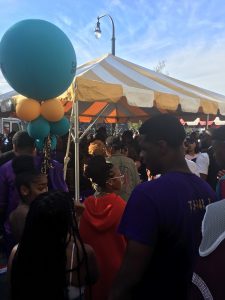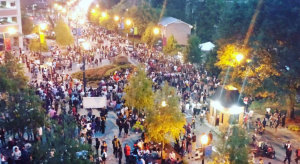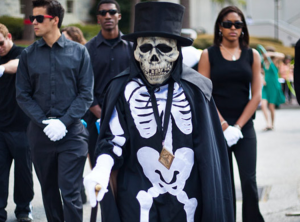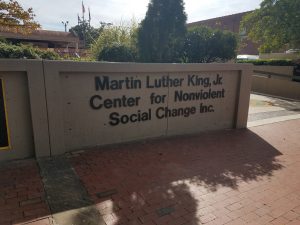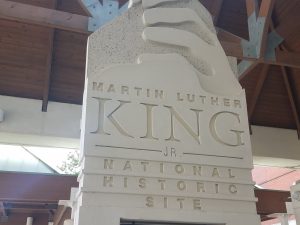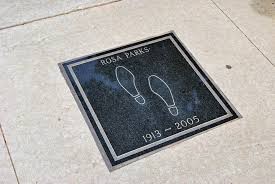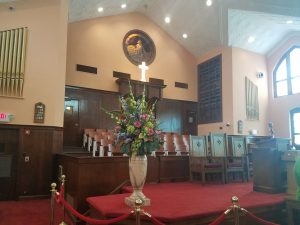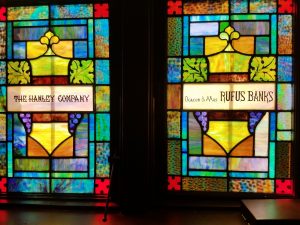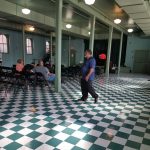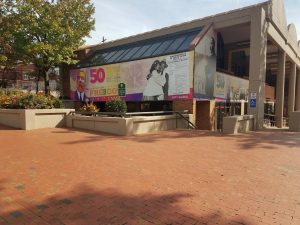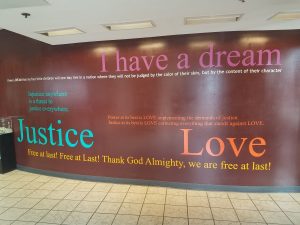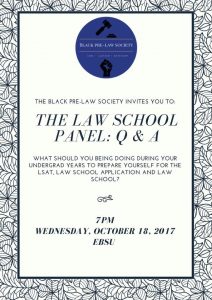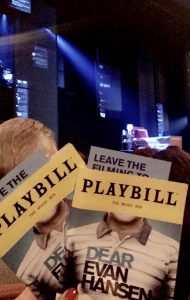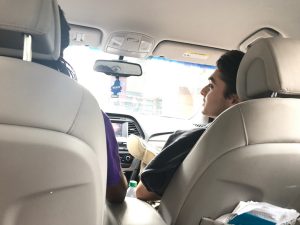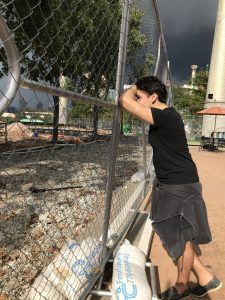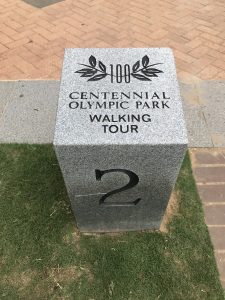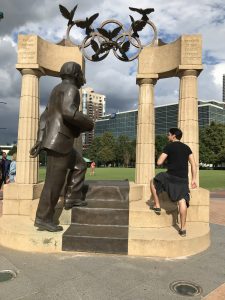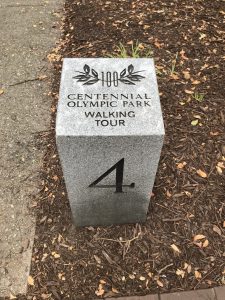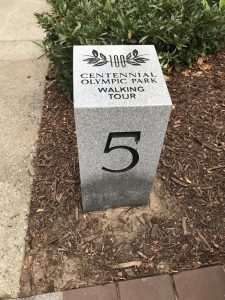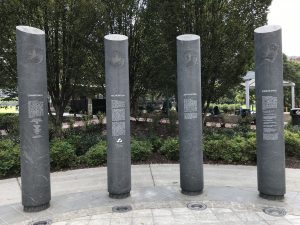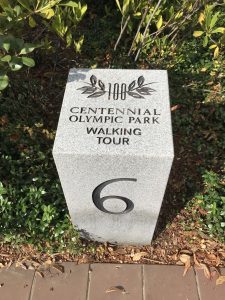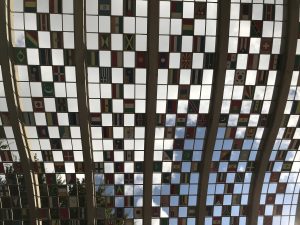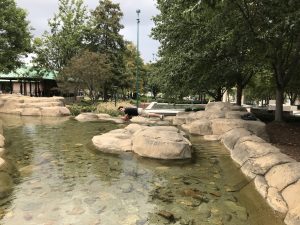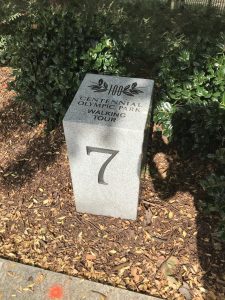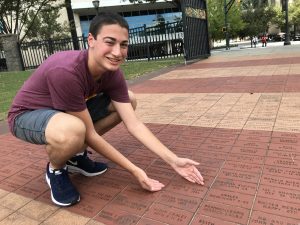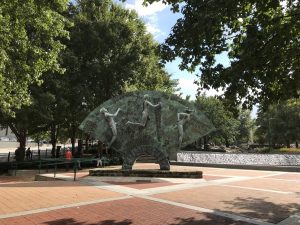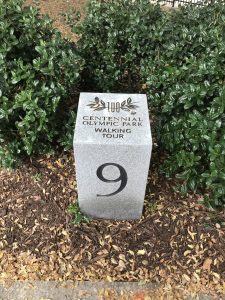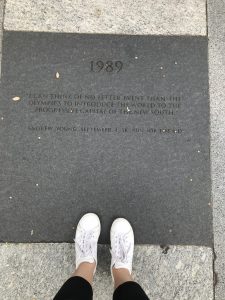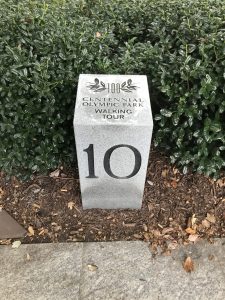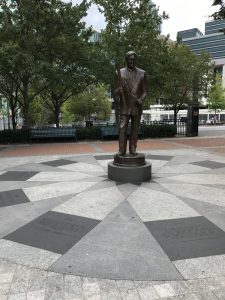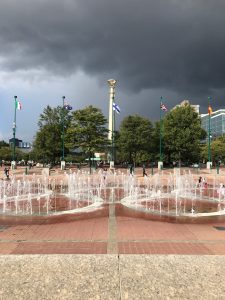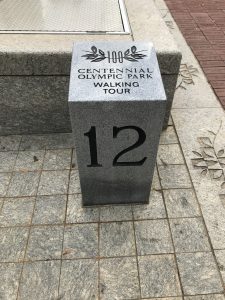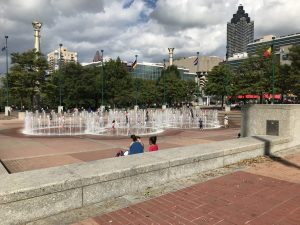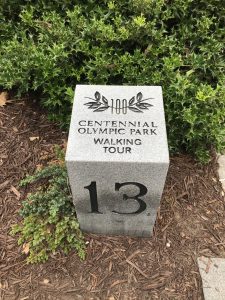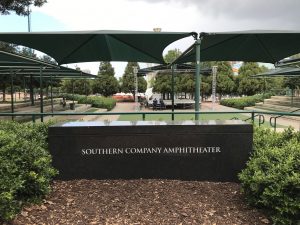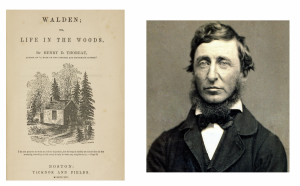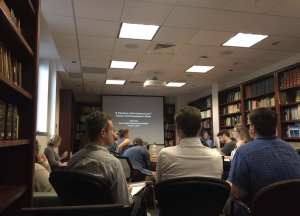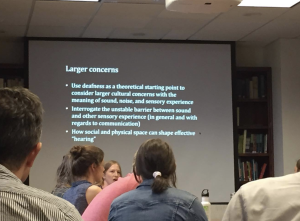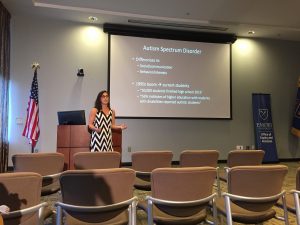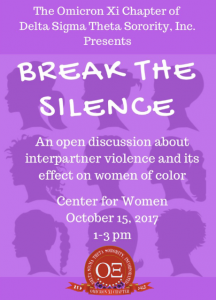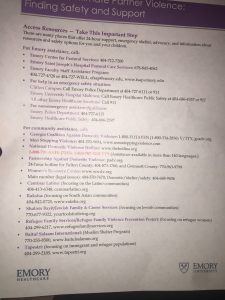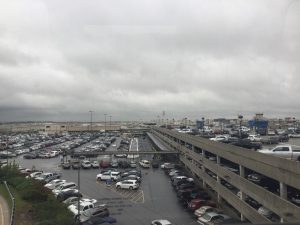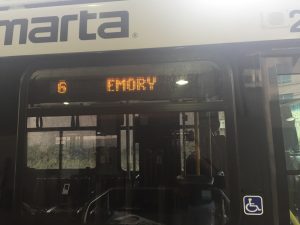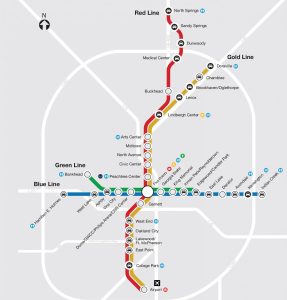This past Monday, we attended “Developmental plasticity and language reorganization after pediatric stroke” at 4:00 p.m. in the Psychology and Interdisciplinary Studies (PAIS) building. As we entered the room, we noticed that the audience was composed of many adults, most of whom were faculty in the Psychology Department. Hannah and I even saw our psychology professor and his TAs. The audience was also very dressed up, showing off their fedoras, blazers, and dresses, which made us feel out of place as we looked like we had just finished our day at the gym. As a graduate student introduced Elissa L. Newport, the presenter for the lecture, it quickly became clear to us that Dr. Newport is very well known in the realm of psychology. She began her lecture by stating that she was about to present newly discovered information, which sparked excitement from the crowd. Dr. Newport was also very modest, frequently mentioning her esteemed collaborators from Georgetown University and John Hopkins University.
Dr. Newport framed her lecture by introducing the research questions that she and her colleagues explored during their study: “Is everything endlessly plastic? (Brain plasticity refers to the brain’s ability to reorganize and change). How could this be true?” Their questions provided the audience with a map for Dr. Newport’s lecture. Upon presenting these questions, she gave a disclaimer – “I’m of course not going to answer them, but we’re going to try.” This playful comment added some charm to the lecture and engaged the crowd members, who were responsive to her jokes throughout.
To answer these questions, Newport tested children with perineal strokes, strokes that occurred anytime from the 28 days preceding birth to the 28 days following. These subjects all had left hemisphere strokes, impacting the brain area that is dedicated to understanding and producing language. To determine how the strokes affected the subjects’ language abilities, if at all, Dr. Newport performed several tests on them. The first was the Weschler Abbreviated Scale of Intelligence (WAIS) test, which evaluates intelligence on multiple scales. Rewardingly, I had learned about the WAIS in psychology, and was proud of my familiarity with the terminology. Dr. Newport also gave her subjects an Auditory Description Decision Task (ADDT), in which they had to listen to a sentence, such as “a big, gray animal is an elephant,” and press a button if the sentence is correct. She then compared each subject’s results to his or her sibling’s to determine if the stroke impacted their abilities.
Dr. Newport concluded that when children have left hemisphere strokes, damaging their brain networks for language, the brain reactivates language networks in the right hemisphere. She used brain images to demonstrate that following the stroke, areas in the right hemisphere were activated during language tasks. As the pictures flashed on the screen, Dr. Newport remarked, “I’m assuming that most people in the audience aren’t used to looking at brain imaging,” and preceded to explain their meaning and significance in regards to her research.
Finally, she presented two explanations for how this reorganization occurs. The first and more popular opinion, “Reorganization of Function,” holds that healthy areas of the brain can take over the functions of injured areas. Dr. Newport presented her contrasting thesis called “The Developmental Origins Hypothesis.” In her thesis, Newport asserts that language is more bilateral in children than in adults because children astonishingly utilize both hemispheres of the brain. Therefore, if a child injures one hemisphere, the other undamaged hemisphere is prepared to compensate for any lost abilities.
While the room was intrigued and excited by Newport’s lecture, her presentation was clearly catered to an audience full of other experts in the neurological field. She made jokes for “all of the radiologists in the room,” and as she used complex terms, the crowd rhythmically nodded their heads while we innocently consulted Google. Despite our confusion, the audience’s expert knowledge was inspirational. The room was clearly full of experts in the psychology field, and it was motivational to see that these established individuals were so passionate that they committed their Monday afternoon to learning about new psychological discoveries.
At the end of her lecture, Dr. Newport said “Feel free to ask me questions,” consistent with her accessible demeanor. The passion-filled audience took her up on her offer. Inclined to learn more about the subject, nearly all audience members, uncharacteristic of Emory, remained glued to their chairs during question time.
Unfortunately, lectures that require prior knowledge can be daunting and unappealing to freshman. Although we may not have understood everything in Dr. Newport’s lecture, we found the experience worthwhile. Dr. Newport’s presentation not only taught us groundbreaking brain research but also gave us a true experience of learning for learning’s sake. Emory should advertise these lectures in a way that encourages undergraduate attendance, particularly freshman. Because we know that Emory is busy fixing its wifi (we hope), we took advertising lectures into our own hands.
“Elissa L. Newport.” Association for Psychological Science, www.psychologicalscience.org/publications/observer/25at25/elissa-l-newport.html.
“Elissa Newport, Ph.D.” Center for Brain Plasticity and Recovery | Georgetown University, cbpr.georgetown.edu/faculty/elissa_newport.
“Human Brain Pictures, Images and Stock Photos.” Human Brain Pictures, Images and Stock Photos – iStock. Accessed October 18, 2017. http://www.istockphoto.com/photos/human-brain?excludenudity=true&mediatype=photography&page=2&phrase=human brain&sort=mostpopular.
“Rationally Speaking | Official Podcast of New York City Skeptics – Current Episodes – RS 149 – Susan Gelman on “How essentialism shapes our thinking”.” Rationally Speaking Podcast, rationallyspeakingpodcast.org/show/rs-149-susan-gelman-on-how-essentialism-shapes-our-thinking.html.
“Emory Infant and Child Lab.” Philippe Rochat, www.psychology.emory.edu/cognition/rochat/lab/Rochat.html.
“Arnon Lotem.” Https://www.researchgate.net/profile/Arnon_Lotem.

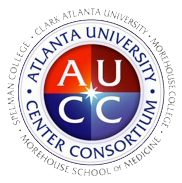
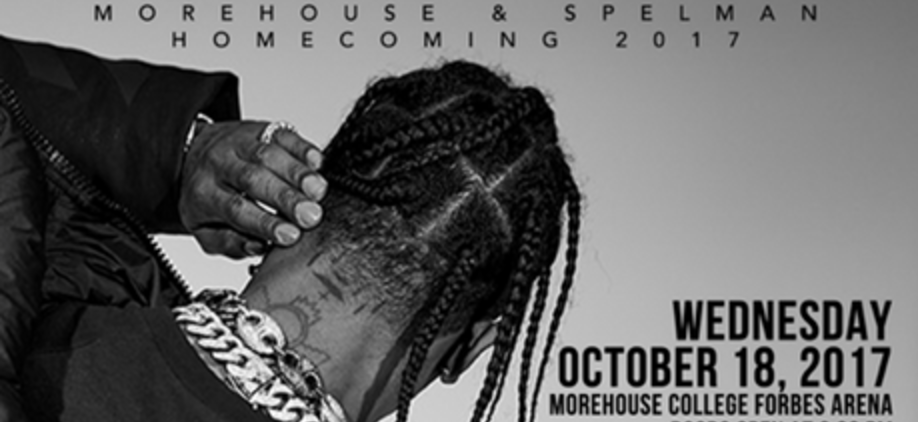
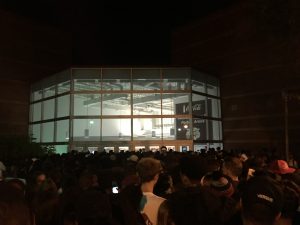
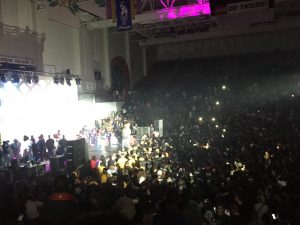 As I received these dirty looks from all angles, one Morehouse student named Hilliard took us under his wing and led our entire group to the doors. Once we finally made our way through security, we rushed into the gymnasium and found some great seats on the bleachers. Though we tried to find space on the floor, the gym was clearly reaching maximum capacity as it was extremely packed. After Travis’ expected late arrival, the concert began and the whole crowd went crazy.
As I received these dirty looks from all angles, one Morehouse student named Hilliard took us under his wing and led our entire group to the doors. Once we finally made our way through security, we rushed into the gymnasium and found some great seats on the bleachers. Though we tried to find space on the floor, the gym was clearly reaching maximum capacity as it was extremely packed. After Travis’ expected late arrival, the concert began and the whole crowd went crazy.